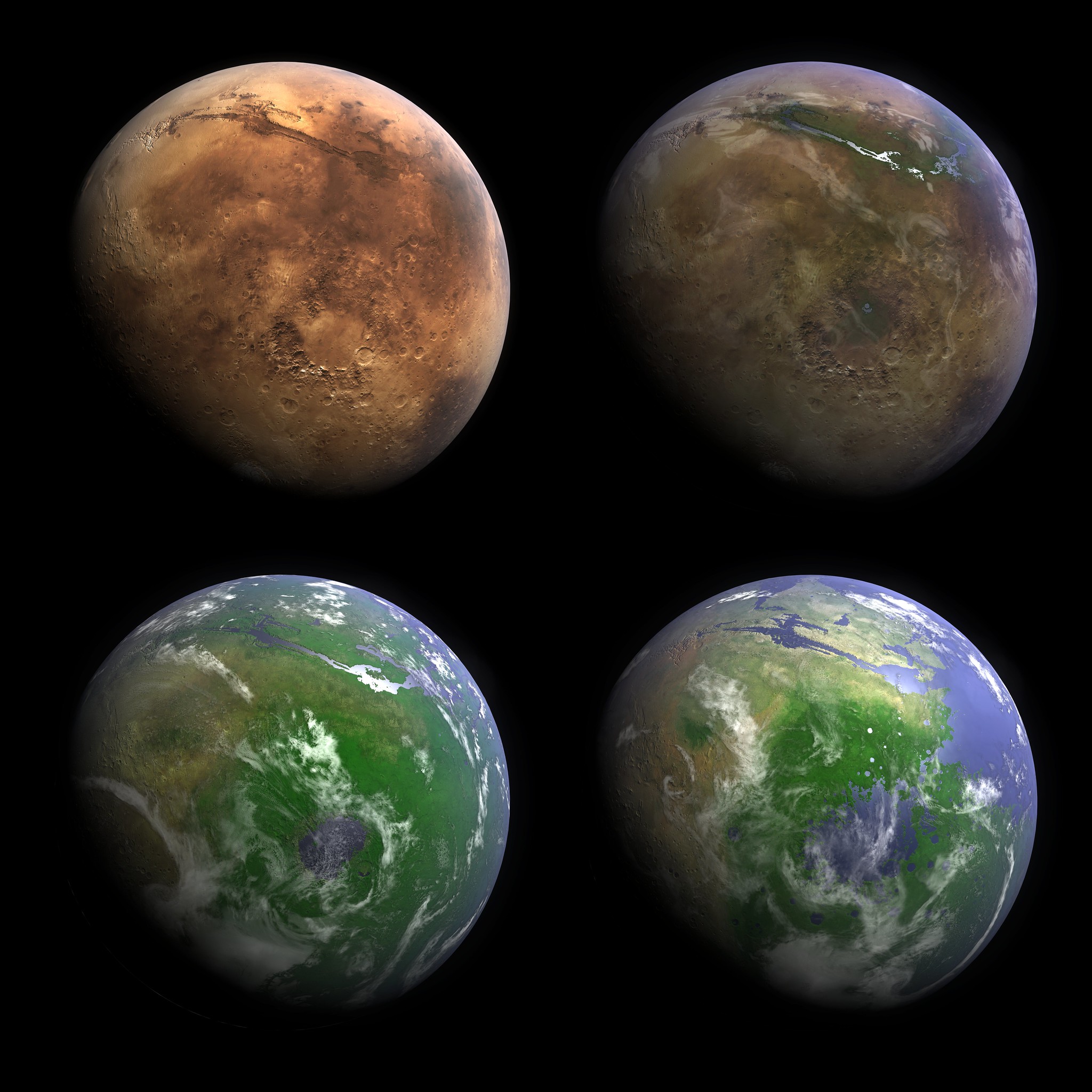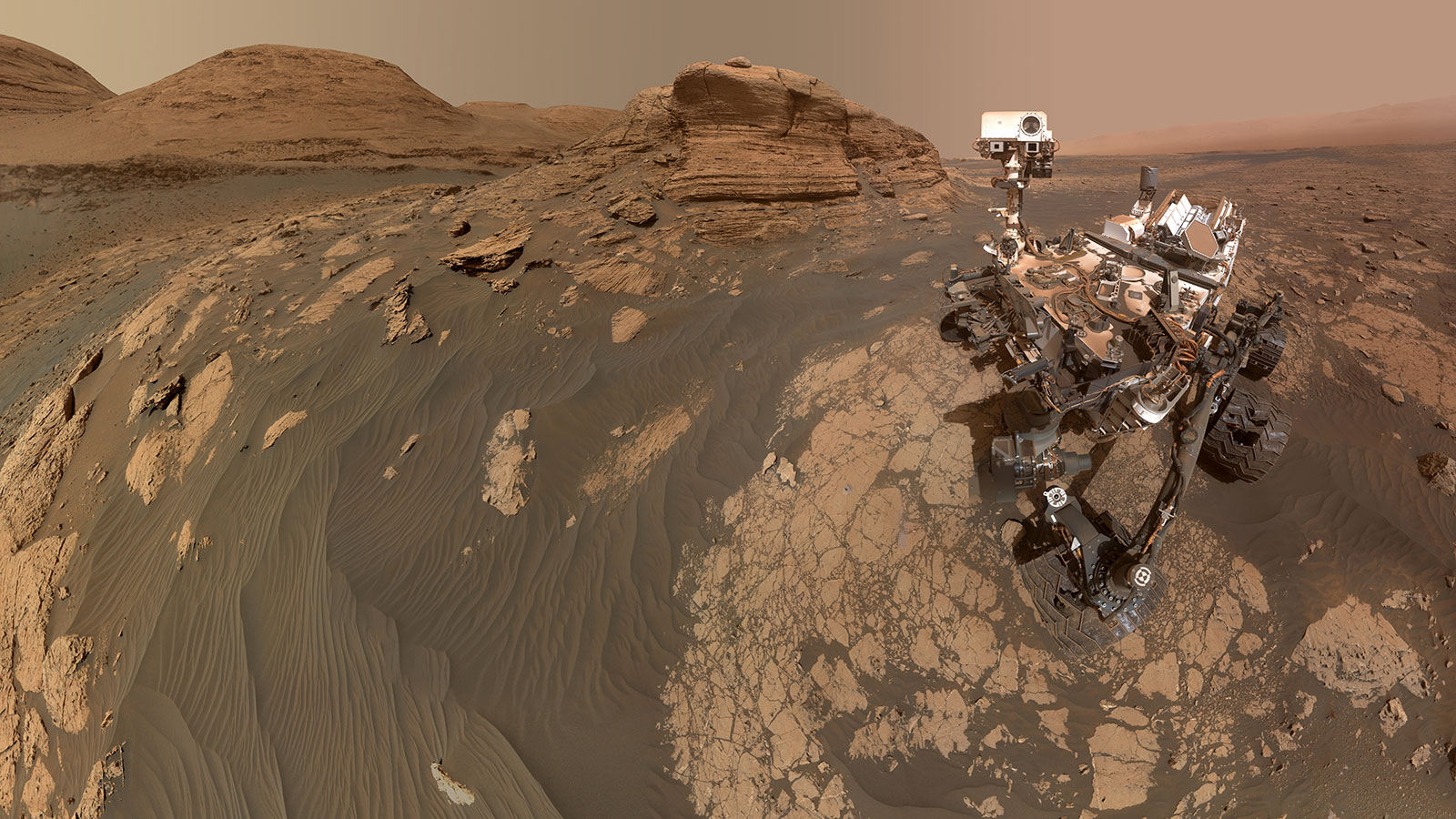How AI could help the hunt for life on Mars

- A research team utilized AI to distinguish between non-biological carbon samples and those from living organisms, achieving about a 90% accuracy rate.
- The AI works by identifying functional groups in compounds associated with biology, but challenges remain due to its training based solely on Earth’s life forms.
- Potential applications of this AI include analyzing results from planetary landers like Curiosity and Perseverance, as well as investigating potential evidence of ancient life on Earth.
Is there any way to speed up the search for life on Mars? It has been nearly half a century since the Viking landers gave an ambiguous answer to that ancient scientific question, and it often seems — at least to the general public — that we have made little progress since. Sophisticated rovers have found the conditions for Martian life, as well as the building blocks of life, but never life itself.
Life or no life?
Now a new paper published in Proceedings of the National Academy of Sciences offers a possible tool for picking up the pace. A research team headed by James Cleaves of Howard University applied artificial intelligence (AI) to the challenging science of life detection to see whether a machine learning program could tell the difference between non-biological samples containing carbon and samples from living organisms. They tested 134 carbon-containing samples, including coal, rice grains, human hair, and amino acids (both synthesized and from meteorites) and had the AI vote yay or nay on the presence of life. The AI got it right in about 90% of cases.
The paper raises hopes that AI might revolutionize life detection, but several challenges need to be overcome first. The AI algorithm works by recognizing functional groups in chemical compounds known to be associated with biology. Alien life might use vastly different functional groups, however. And the more alien, the less certain will be the detection because AI is only trained on life as we know it on Earth.
The miss rate in the Cleaves study was about 10%. Although that is expected to improve with more sampling data to train the AI, in science we often require at least three standard deviations for proof —meaning 99.7%. So, as impressive as the AI is, it is still not accurate enough to unambiguously identify life. And of course, none of the samples in its training set would be alien lifeforms, until we have such samples in hand.
Don’t get me wrong. AI can and will play an important role in life detection. My own research group uses it for detecting specific movement patterns (the “motility”) of microbial life and comparing it to non-biotic sediment particles. Another great application of Cleaves’ approach will be to identify ancient life on Earth. One major question is when life first originated on our planet, and Cleaves’ AI could be used to screen samples suspected of being fossilized life. The more samples, the better it will get. This alone represents a major breakthrough.
Martian chronicles
As for Mars, the Cleaves paper suggests that AI could be used to analyze molecules detected by a gas chromatograph-mass spectrometer on a planetary lander. Both the Curiosity and Perseverance rovers carry such instruments, so some of the data analysis could be done right there on Mars, albeit not with the same accuracy you could achieve in a lab on Earth. Personally, I would love to see an AI analysis of samples of thiophenes (sulfur-rich organic compounds) already detected by Curiosity. Or we could have it investigate the Martian meteorite ALH 84001, which was claimed in the 1990s to contain fossilized Martian life. While that claim remains controversial, with most scientists in the “non-believer” camp, I would still be curious what Cleaves’ algorithm would say. Life on Mars could be related to life on Earth due to an exchange of meteoritic material, so the AI might have a better chance of succeeding.
How does all this affect the long-standing question of whether we need a sample return mission to identify life on Mars, or whether that identification could be done on the planet itself? Each approach has its unique selling points. If the samples are returned to Earth, you can apply the full power and range of high-tech analysis in cutting-edge labs, now and in the future. On the other hand, in situ life detection has the advantage that you might be able to detect active life. If you put your sample in a box for the long return to Earth — as is planned for Mars Sample Return — you are probably limited to studying dead and possibly decayed remnants. Considering astrobiology only, in situ life detection would be preferable. But a sample return mission is meant to fulfill other planetary science goals, too, including the study of Martian geology, geophysics, climate science, and atmospheric science.
Best of all would be a combination of both methods — in situ and sample return. But this isn’t the greatest time for such a discussion. Despite decades of planning, there is a real danger that neither mission will happen soon. An independent review board examining NASA’s Mars sample return plans recently found that the mission faces major challenges. In fact, it’s basically impossible given the currently projected schedule and costs. NASA set up its own review team in response, which is expected to report back next spring. While the outside committee emphasized the great importance of sample return, the U.S. Senate could still decide to scrap the program.
Either way, a 2028 launch (to collect and return samples gathered by Perseverance) now seems more than unlikely. The negative review has rattled the Mars science community, and even though my own preference as an astrobiologist would be for a life detection mission, cancelling the sample return mission would be a colossal loss for science. It could even derail, or at least damage, NASA’s entire planetary exploration program. Hopefully, there will only be a delay instead of an outright cancellation.





